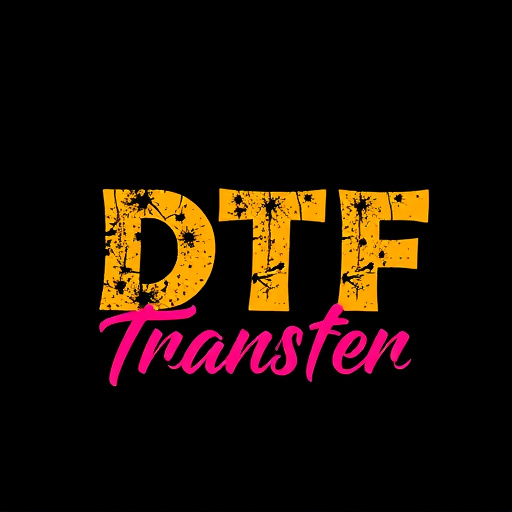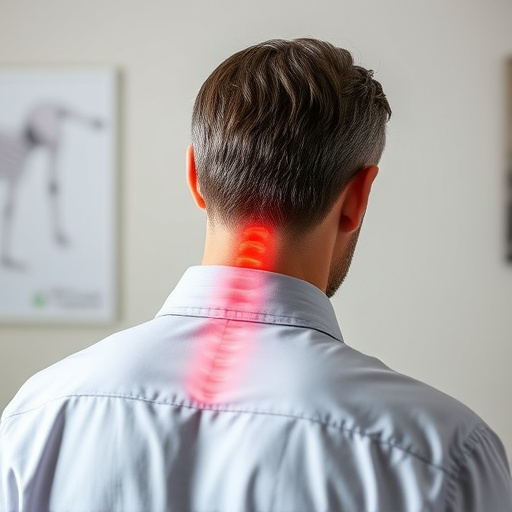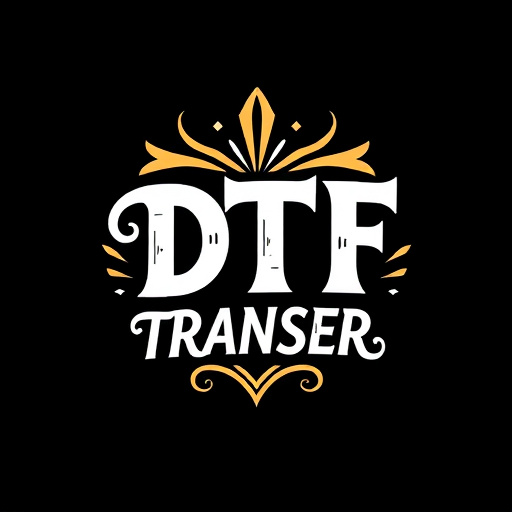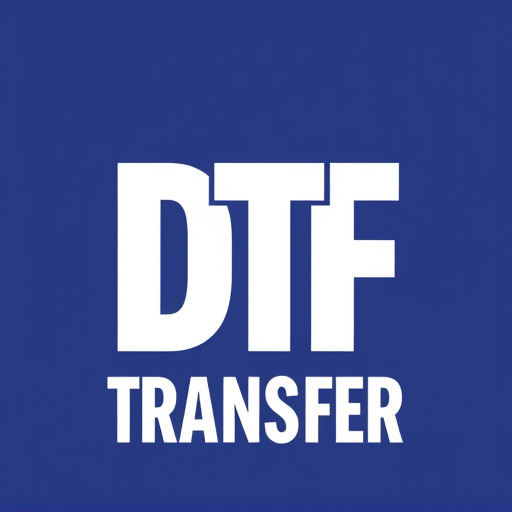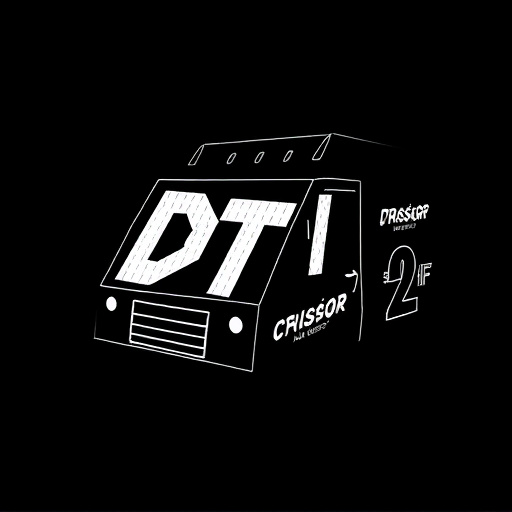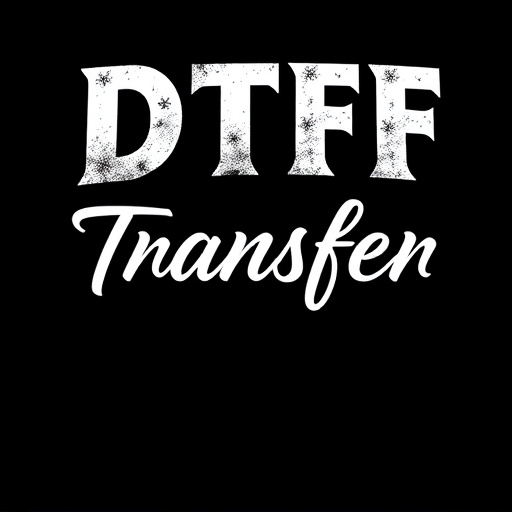Direct-to-Film (DTF) transfer technology is transforming non-fabric printing by offering a faster, simpler, and cost-effective method. DTF produces high-quality prints with vibrant colors on diverse surfaces like metal, plastic, glass, and ceramic using specialized inks. This versatile process is ideal for custom signage, branding, and decorative items, providing businesses and individuals with quick production times, economic benefits, and design flexibility. The right adhesive selection ensures longevity and visual appeal based on surface properties. DTF's growing popularity drives innovation across industries due to its speed, efficiency, durability, and versatility in both indoor and outdoor applications.
“Discover the transformative power of Adhesive Direct-to-Film (DTF) products, pushing the boundaries of printing on non-fabric surfaces. This innovative technique, known as DTF Transfer, offers a revolution in customization and design. From its core concept to real-world applications, this article explores how DTF Printing enhances diverse industries. We’ll delve into the process, benefits, and trends, highlighting the optimal choice of adhesives for exceptional results. Uncover the versatility of DTF prints, from complex designs to everyday objects, and witness its impact on modern manufacturing.”
- Understanding DTF Transfer: A Revolutionary Printing Technique
- Applications of DTF on Non-Fabric Surfaces
- Advantages and Benefits for Various Industries
- Choosing the Right Adhesive for Optimal Results
- The Process: From Design to Final DTF Print
- Real-World Use Cases and Industry Trends
Understanding DTF Transfer: A Revolutionary Printing Technique

The Direct-to-Film (DTF) transfer technique is transforming the way we print on non-fabric surfaces. Unlike traditional methods that rely on complex processes and specific materials, DTF offers a streamlined approach. This revolutionary printing technique involves applying ink directly onto a film, which is then transferred to various surfaces like metal, plastic, or even glass. The process ensures crisp, high-quality prints with vibrant colors and fine details, making it ideal for everything from signage to decorative items.
DTF Printing provides numerous advantages, including faster production times, cost-effectiveness, and versatility. It allows for a wide range of designs, from simple graphics to intricate patterns, without the need for specialized equipment or skills. This accessibility has democratized printing, enabling businesses and individuals to create custom DTF prints tailored to their unique needs and preferences.
Applications of DTF on Non-Fabric Surfaces
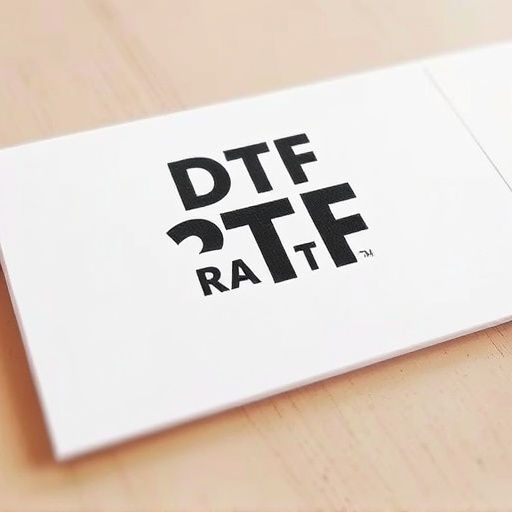
Direct-to-film (DTF) technology has expanded its applications beyond traditional fabric surfaces, opening up a world of possibilities for various non-fabric materials. This innovative printing method allows for high-quality graphics and designs to be applied directly onto surfaces like acrylic, wood, metal, glass, and even ceramic items. DTF transfer is particularly advantageous for creating custom signage, decorative accents, and promotional products with vivid colors and intricate details.
In the realm of DTF printing, professionals can achieve remarkable results by using specialized inks designed for different materials. For instance, UV-curable inks are perfect for rigid surfaces like acrylic or wood, ensuring long-lasting durability and vibrancy. Meanwhile, solvent-based inks offer versatility for porous materials, allowing for versatile DTF prints on items like wooden plaques or metal signs. This technology’s adaptability makes it a go-to choice for businesses seeking unique and visually appealing ways to brand their products or enhance interior spaces.
Advantages and Benefits for Various Industries
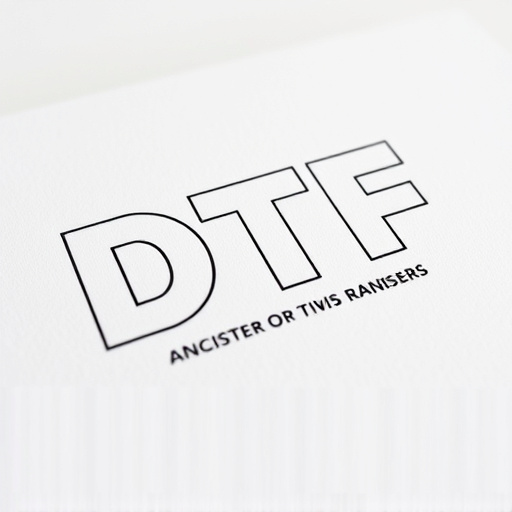
Adhesive direct-to-film (DTF) products offer a multitude of advantages and benefits across various industries. One of the key strengths of DTF Transfer is its versatility; it can be applied to an extensive range of non-fabric surfaces, including metal, plastic, wood, glass, and even ceramic. This broad applicability makes DTF Printing a cost-effective solution for businesses seeking to enhance their branding, advertising, or decorative needs.
Moreover, DTF prints provide superior durability and longevity. The adhesive used in these products is designed to withstand various environmental conditions, ensuring that the prints remain vibrant and intact over time. This feature is particularly advantageous in industries such as automotive, where DTF Transfer can be used for vehicle graphics and wraps, or in retail stores where eye-catching DTF displays can boost customer engagement. Additionally, DTF Printing allows for complex designs and intricate details to be reproduced with precision, making it ideal for creating visually appealing and high-quality marketing materials.
Choosing the Right Adhesive for Optimal Results

When selecting an adhesive for a DTF (Direct-to-Film) transfer or print process, understanding your surface is key to achieving optimal results. Non-fabric surfaces vary widely, from smooth glass and acrylics to textured metal and plastics. Each requires a specific adhesive tailored to its unique properties to ensure strong, long-lasting bonds.
For example, a water-based DTF adhesive might be ideal for smooth, non-porous materials like glass or polished metals, offering ease of application and quick drying times. In contrast, a more robust, solvent-based adhesive could be better suited for rougher surfaces or those prone to moisture exposure, providing enhanced durability and resistance over time. Researching and choosing the right adhesive for your specific DTF transfer or print project is essential to guarantee the final product’s longevity and visual appeal.
The Process: From Design to Final DTF Print
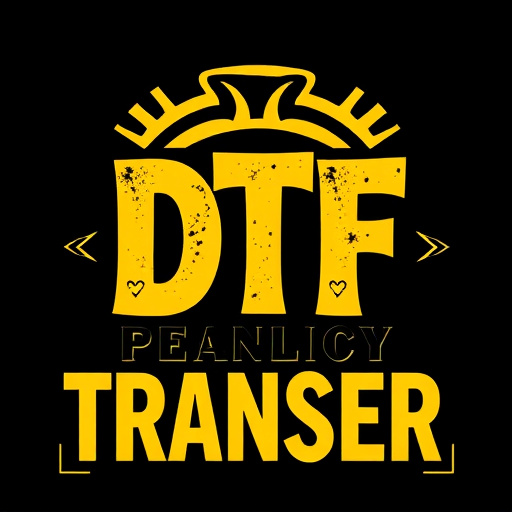
The journey of creating adhesive direct-to-film (DTF) products for non-fabric surfaces begins with design. Artists and designers conceptualize their artwork or text, translating it into a digital format suitable for DTF printing. This process involves meticulous attention to detail, ensuring the design is optimized for the chosen film material and surface application. Once the design is finalized, it’s prepared for production using specialized software that allows precise cutting and shaping of the adhesive film.
The actual DTF transfer process starts with applying a thin layer of adhesive to the desired non-fabric surface. The pre-cut DTF film, featuring the designed pattern or text, is then carefully positioned over this adhesive layer. Heat is applied to activate the adhesive, securely attaching the film to the surface while ensuring the design remains crisp and clear. After cooling, the excess adhesive is removed, leaving behind a precise and long-lasting DTF print that enhances various non-fabric surfaces with vibrant colors and intricate details.
Real-World Use Cases and Industry Trends

In recent years, the adoption of Adhesive Direct-to-Film (DTF) products has seen significant growth beyond traditional fabric surfaces. Real-world use cases span diverse industries, from automotive and electronics to signage and architecture. DTF Transfer technology is particularly valued for its ability to create high-quality, long-lasting prints on non-porous materials like plastic, metal, and even glass. This versatility has sparked industry trends towards more innovative applications of DTF Printing, pushing the boundaries of what was previously thought possible.
The demand for DTF Prints is driven by several key factors. Firstly, the speed and efficiency of DTF Printing processes appeal to businesses seeking to streamline their production lines. Secondly, the vibrant colors and crisp details achievable with DTF Transfer make it an ideal choice for visually compelling marketing materials and decorative surfaces. Furthermore, the adhesion strength of these products ensures prints remain durable under various environmental conditions, making them suitable for both indoor and outdoor use.



